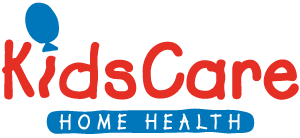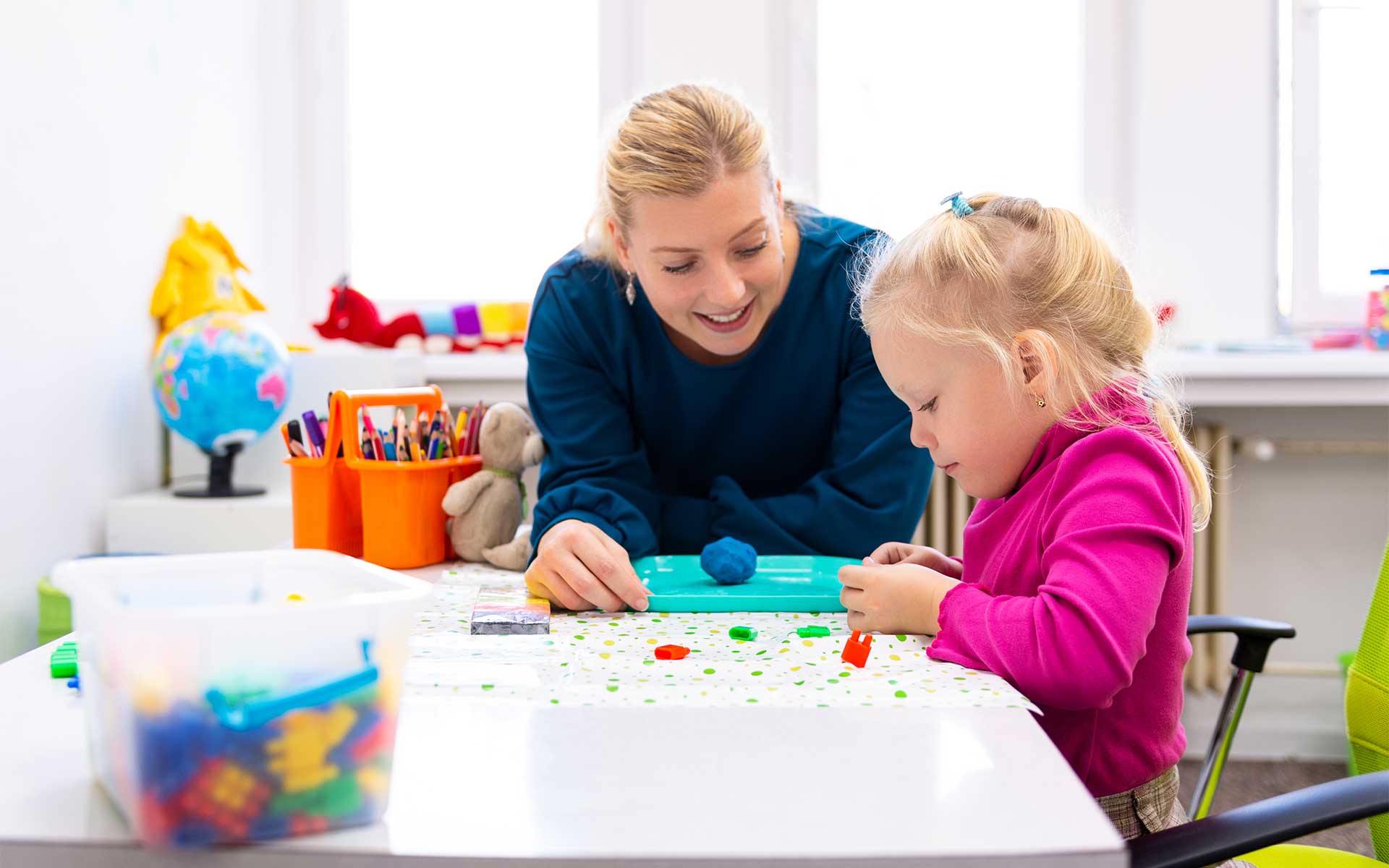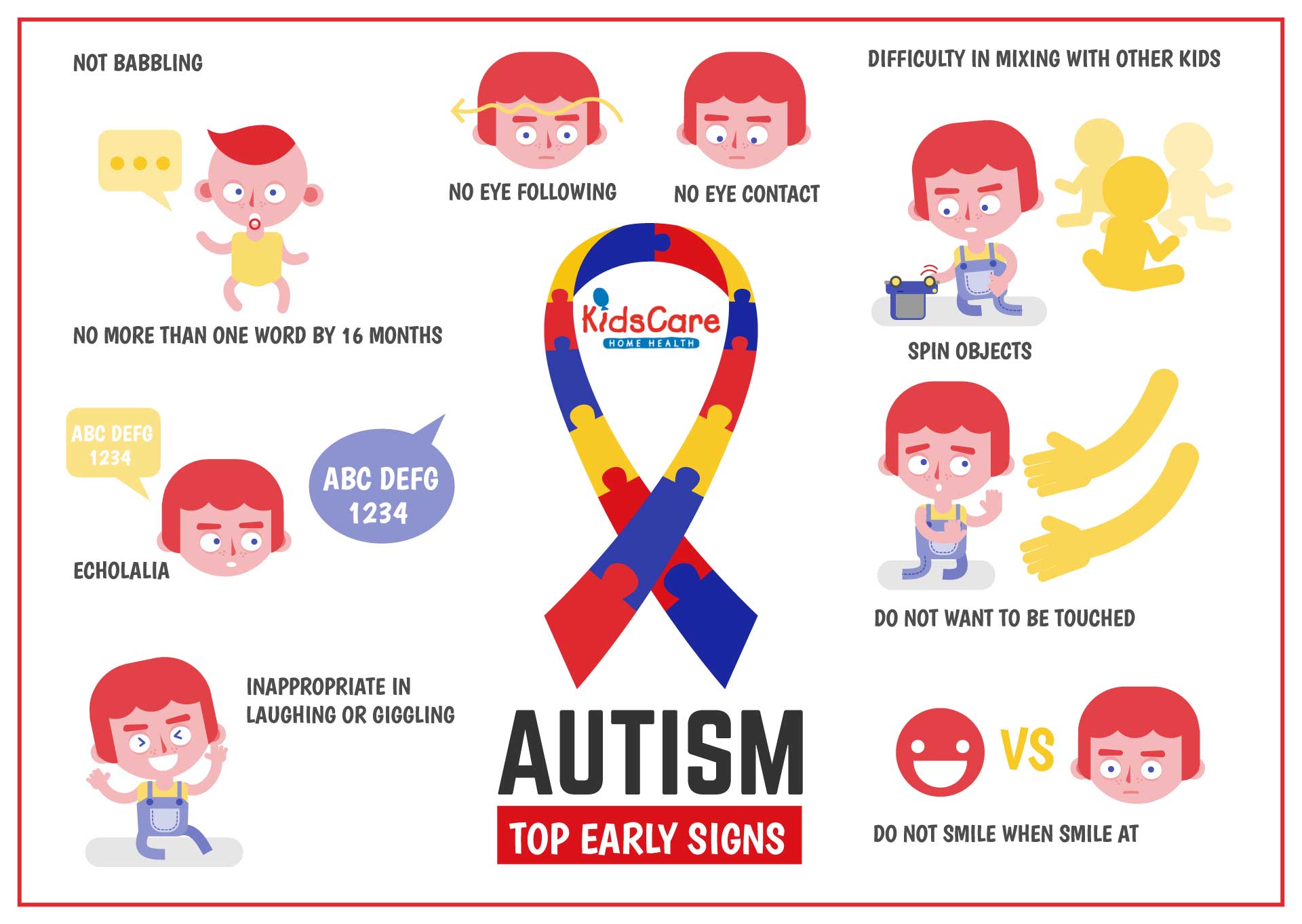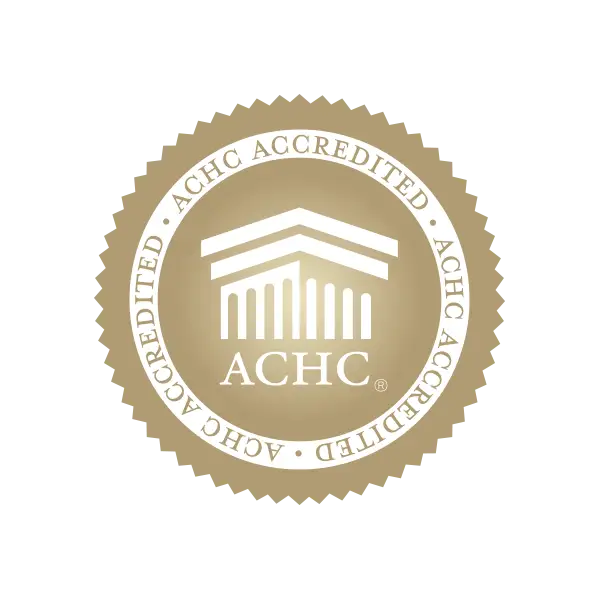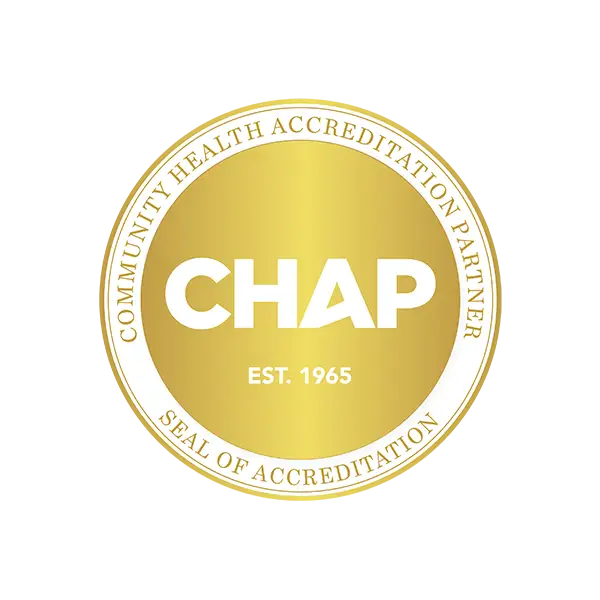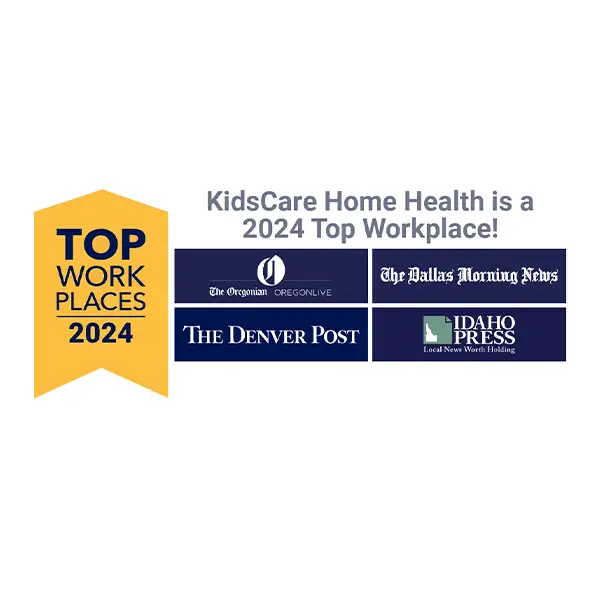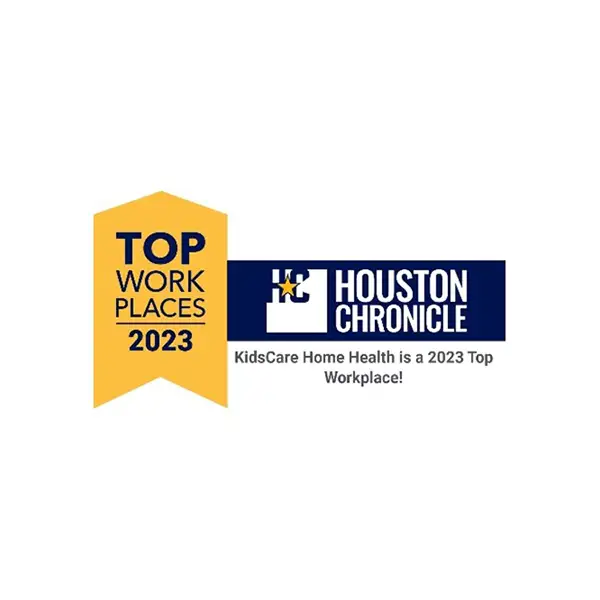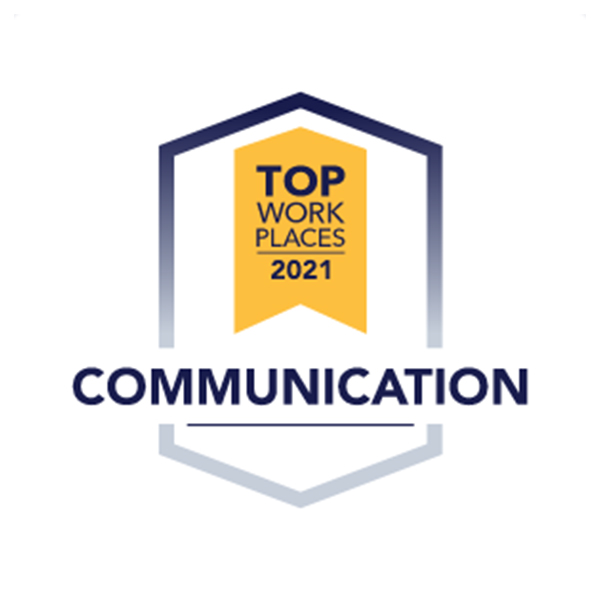
When it comes to managing the growth and development of children with special needs care, the first – and often most challenging – step to managing symptoms, treatment, and support begins with a diagnosis. This article discusses the three most common diagnoses affecting a child’s ability to learn and develop: Attention Deficit Hyperactivity Disorder (ADHD), Autism Spectrum Disorder (ASD), and Learning Disabilities, including common questions around each disorder. By understanding the signs and symptoms of these common disorders, families can better assess the diagnosis trajectory and create a supportive environment where children with special health care needs can thrive.
Attention Deficit Hyperactivity Disorder (ADHD)
Attention Deficit Hyperactivity Disorder (ADHD) affects millions of children and includes a combination of behavioral problems. Fortunately, there are plenty of strategies available to help manage symptoms of ADHD in kids if the disorder has been diagnosed by a medical professional. To better understand how ADHD can present itself in children, let’s look at the symptoms, probable causes, and procedures for diagnosis.
ADHD Symptoms in Kids
Symptoms of ADHD typically appear in children by the age of 12, although they can appear as early as three years old. The common symptoms of ADHD in kids include difficulty sustaining attention, hyperactivity, and impulsive behavior. The predominance of specific symptoms will help determine the ADHD subtype, which includes:
- Predominantly inattentive
- Predominantly hyperactive/impulsive
- Combined – a mix of both.
Any parent with young children knows that these types of behavior can be typical for little ones, so how and when do they know what is ADHD in kids – or just kids being kids?
What Causes ADHD in Children?
An excellent place to start is by understanding what causes ADHD in children. Although an exact cause isn’t clear yet, research has shown that the risk factors of ADHD often include the following:
- Genetic association, i.e., parents or siblings with ADHD disorder
- Environmental toxin exposure, such as lead paint in old buildings
- Premature birth
- Maternal drug, alcohol, or tobacco use during pregnancy
Diagnosing ADHD in Children
A mental health professional (a psychologist or psychiatrist) or a primary care provider (a pediatrician) should diagnose ADHD in children. As mentioned before, many of the symptoms commonly associated with what is ADHD in kids are especially evident in young children with plenty of energy and curiosity.
Healthcare providers use the American Psychiatric Association guidelines to help with diagnosing ADHD in children. They will ask questions about the child’s behavior in different settings, like at home, in school, or with friends. Mainly, they are looking for evidence of persistent patterns of inattention, hyperactivity, and (or) impulsiveness that noticeably interfere with the child’s development or everyday functioning.
ADHD In Children – Statistics
There has been plenty of research to provide ADHD in children statistics, including a national 2016 parent study1 that found the estimated number of children ever diagnosed with ADHD to be 6.1 million. Research has also shown that boys are more likely to present symptoms of ADHD than girls, and 6 in 10 children with ADHD had at least one other mental, emotional, or behavioral disorder, such as depression or anxiety.
Special Care Needs for Children with ADHD
Treatment for the symptoms of ADHD in children includes behavioral therapy, counseling, and medication. However, the American Academy of Pediatrics (AAP) recommends parent training in behavior management as the first line of treatment for kids under 6, rather than medication. Although there isn’t a “cure,” ADHD symptoms in kids are manageable with a measured approach and vigilance. A team approach with teachers, parents, therapists, and physicians working together is often the best since there isn’t a one-size-fits-all response to managing symptoms of ADHD in kids.
A Speech Language Pathologists (SLPs) role is to help children become functional communicators. We assess and treat speech, language, social communication, cognitive, and feeding/swallowing disorders. Children with ADHD, Autism, and Learning Disabilities will all present differently. SLPs may create goals to help your child work on the following: be understood by others and improve their articulation, improve their ability to communicate their wants, needs, thoughts, and ideas with others through spoken language, sign language, and/or low or high tech augmentative and alternative communication devices, improve their ability to participate in conversations and react to social situations with others, and improve swallowing safety and feeding skills.
Autism Spectrum Disorder (ASD)
Autism Spectrum Disorder (ASD) is a neurological and developmental disorder that affects how kids and adults interact, communicate, learn, and behave. Although an autism diagnosis can occur at any age, symptoms commonly appear in kids before age 2.
Signs of Autism in Children
The most common signs children with autism spectrum disorder exhibit include the following: not responding to their name; avoiding eye contact; not smiling when you smile at them; getting very upset over a disliked taste, smell, or sound; repetitive movements, like flapping their hands or rocking their body; not talking as much as other children; repeating exact phrases.
Autism symptoms in children can vary for girls and boys. For example, autistic girls may be quieter, hide their feelings better, or seem to handle social situations better than autistic boys. However, this makes diagnosing autism spectrum disorder in girls more difficult.
What Causes Autism in Children
Research has indicated that a combination of genetic and environmental influences may increase the risk of developing autism. For example, the parents’ age at conception or extremely preterm births may affect a child’s risk of developing autism. Still, there is no definitive or specific answer for what causes autism in children.
Genetically speaking, several different genes appear to be involved in autism spectrum disorder – some of which are inherited, while others occur spontaneously. A careful clinical evaluation and assessment of family history, which can give some insights into the inheritance pattern, can help diagnose children with autism spectrum disorder.
Finally, there has been plenty of speculation that childhood vaccinations can be linked to autism spectrum disorder in children; however, two decades of meticulous research indicate absolutely no correlation between vaccines and autism.
How Are Children With Autism Diagnosed
The American Academy of Pediatrics (AAP) recommends all children get screened for ASD at their 18- and 24-month well-child checkups. Outside of screening, a diagnosis of autism is generally made based on your description of your child’s development and behavior in combination with careful observations by your pediatrician, autism experts, medical tests, and your child’s history.
How Many Children Have Autism in the US
Based on 2018 data, approximately 1 in 44 children in the U.S. is diagnosed with an autism spectrum disorder, affecting all races and socioeconomic groups. As mentioned earlier in the article, boys are four times more likely to be diagnosed with autism than girls. It’s also important to note that when the research was compiled, most children were still being diagnosed after age 4, even though autism can be reliably diagnosed as early as age 2.
Special Care Needs for Children with ADHD
Early diagnosis and intervention of children with autism can improve learning, communication, social skills, and underlying brain development. The most researched and commonly used behavioral interventions for autism have been applied behavior analysis (ABA) and therapies based on its principles. Many children affected by autism can also benefit from speech and occupational therapy.
Occupational therapists (OTs) have a unique skill set to assist with the diagnoses mentioned above in many ways. Utilizing a holistic view, OTs build upon each child’s specific needs to help children participate in meaningful daily tasks. OTs create goals targeting attention, executive functioning, memory, daily routines, adaptive strategies, fine motor/handwriting, visual motor, visual perceptual, sensory regulation, and more to promote increased self-confidence in the home and the classroom alongside their peers.
OTs develop a holistic plan of care, including sensory processing and sensory integration approaches to create a calm and purposeful environment for your child to excel while honing in often “high energy” situations to a calculated level of attention. OTs approach each individual with a unique eye to determine strategies to develop, modify, adapt and regain skills that may previously have been challenging in order to increase overall independence.
Learning Disabilities
Learning disabilities, also called learning disorders, are information processing problems that interfere with learning and using a skill effectively. Unfortunately, many children with learning disabilities struggle with school and education before they are actually diagnosed, adversely affecting their self-esteem and motivation for learning.
Most Common Learning Disabilities In Children
The three most common learning disabilities in children are dyslexia, ADHD, and dyscalculia. Since we have already covered ADHD extensively, let’s look at the other two common learning disabilities in children. Dyslexia is a condition that affects the processing of spoken and/or written language resulting in difficulty with reading accurately and fluently. Dyscalculia, on the other hand, makes learning mathematical concepts difficult and causes children to struggle with remembering basic math facts.
Diagnosing Learning Disabilities in Children
Research shows that learning disorders generally affect those with average or above-average intelligence, so the disorder is especially apparent when there is a gap between expected skills – based on age and intelligence – and academic performance.
Diagnosing learning disabilities in children as soon as possible is critical so they will not fall behind in school, which can snowball if left unchecked. Learning disorders are most often detected and diagnosed based on testing and results, teacher feedback, input from the parents or guardians, and a review of academic performance. Early detection and applied therapies can help children develop beneficial coping strategies to aid in learning and build confidence.
Special Care Needs for Children with Learning Disabilities
Depending on the child’s learning disorder, the child’s doctor or school might recommend extra help or an individualized education program (IEP), which US public schools must provide to any student in need. Many children with learning disabilities also respond favorably to individualized therapy, such as occupational therapy or speech therapy.
Children need advocates to help them overcome the challenges outside their control. Whether it’s ADHD, a learning disability, or autism, children with special health care needs are at risk. Fortunately, there are many special needs child care options, including special needs day care and special needs home care.
Why Choose Therapy?
If a child’s basic “foundations” aren’t met in terms of physical, occupational, and speech therapy, then their functional everyday skills become an additional challenge to accompany their diagnosis.
Your physical therapist will address the core and overall body awareness of your child.
Your occupational therapist will look at the sensory needs and how they may be an avoider and/or seeker.
And finally your speech therapist will address communication and language, and what barriers may exist because of this.
A physical, occupational, and speech therapist can assess your child and help determine what areas of therapy they would benefit from, as well as establish an individualized plan of care that addresses the specific needs of your child. Often a multi-discipline approach is used in which therapists from each discipline work together to provide best care.
Your therapists and pediatrician can assist you further in determining what is best for your child specifically.
Why KidsCare?
Children need advocates to help them overcome the challenges outside their control. Whether it’s ADHD, a learning disability, or autism, children with special health care needs are at risk. Fortunately, there are many special needs child care options, including special needs day care and special needs home care.
KidsCare Home Health has been focusing on children with special needs since 2003. Our team of caring speech therapists, physical therapists, occupational therapists, and nurses have been helping children learn and thrive with one-on-one, in-home therapy that includes family members and caregivers.
Contact KidsCare Home Health today for a professional home health care assessment.
Are you a dedicated therapist interested in working for a Nationally Recognized Top Workplace organization? The KidsCare Home Health team is looking for therapists ready to join a people-centered culture that gives employees a voice. Get the details here: KidsCare Home Health Careers.
1 Danielson ML, Bitsko RH, Ghandour RM, Holbrook JR, Kogan MD, Blumberg SJ. Prevalence of parent-reported ADHD diagnosis and associated treatment among U.S. children and adolescents, 2016. Journal of Clinical Child and Adolescent Psychology. 2018, 47:2, 199-212.
